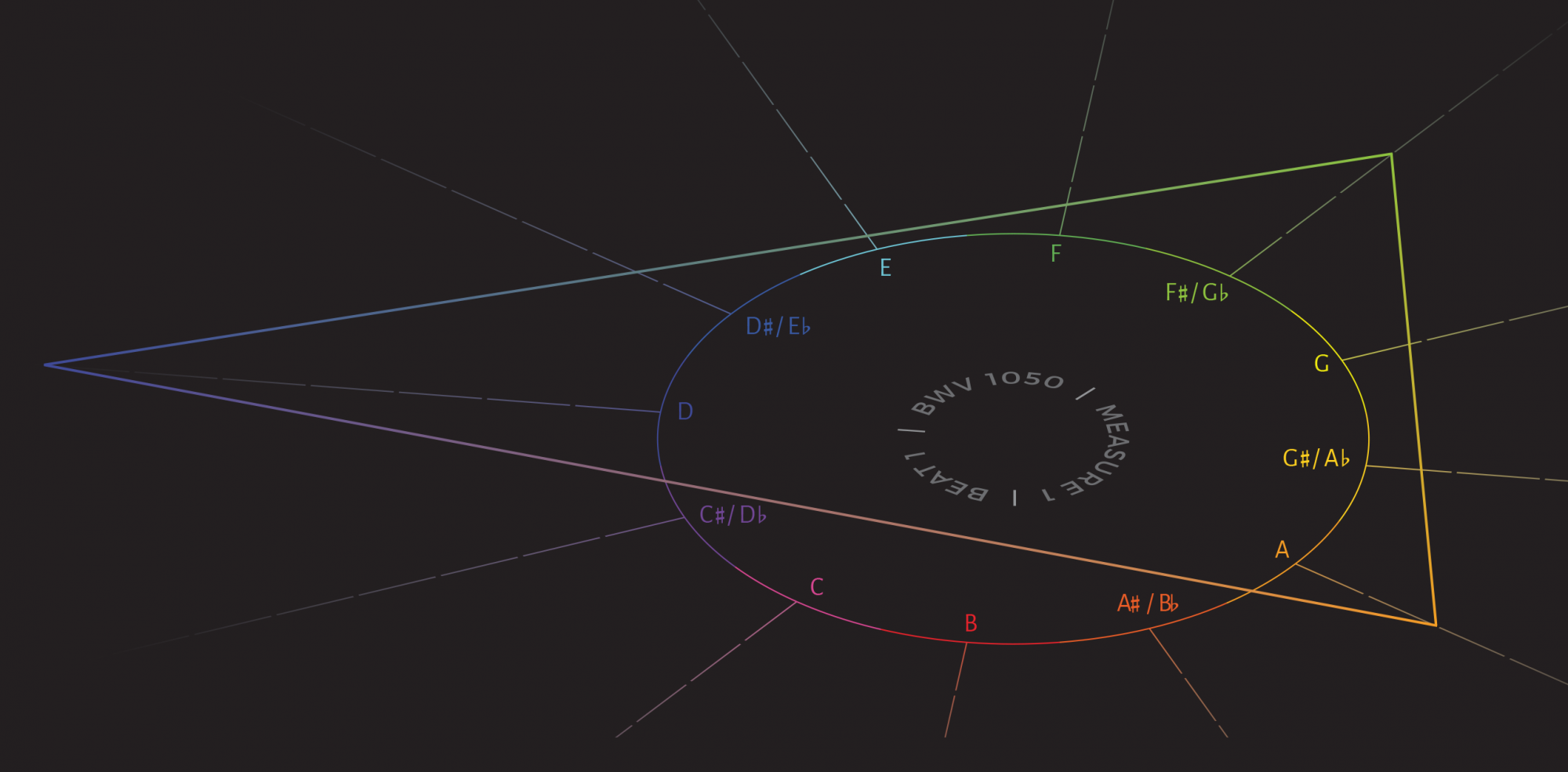We are excited to present another volume of Intégral! Our recent move to an online platform has encouraged submissions from a breadth of theoretical and musical backgrounds. Volume 35 is proof of such breadth—including four articles and two reviews, each with unique musical selections and theoretical methods.
Diego Cubero explores harmonic distortions in “Blurred Harmonies in Robert Schumann and Johannes Brahms,” likening the “blurring” technique of these composers to the aesthetics of Romantic painting. Cubero details Schumann’s and Brahms’s methods of rhythmic dislocation that lead to the overlap and blend of chords, complicating prototypical harmonic progressions and formal boundaries.
In “Multi-Centric Complexes in Pop-Rock Music,” Matthew Ferrandino discusses listening strategies available for tonally underdetermined songs and passages in pop-rock repertoires. In these examples, Ferrandino shows how competing instrumental layers can afford their own pitch centers, and investigates ways in which we subjectively situate ourselves within various interpretations by adopting different listening “positions.”
Anabel Maler, in “Listening to Phrase Structure in Post-Tonal Music,” integrates literature on formal function with listener-centric, cognitive theories of affordances. With selective analyses of Varèse’s Density 21.5, Dallapiccola’s Dialoghi, and Webern’s Three Little Pieces, she contends that post-tonal phrase is an active, ongoing, and relational experience.1
In their article “Rhyme, Metrical Tension, and Formal Ambiguity in Kendrick Lamar’s Flow,” Benjamin Wadsworth and Simon Needle introduce a system of rhyme-based tension and relaxation. They demonstrate their system by describing and interrogating formal functionality in Kendrick Lamar’s oeuvre—ranging from Overly Dedicated (2010) to Damn (2017).
The reviews in this volume include Emily Milius’s review of Victoria Malawey’s A Blaze of Light in Every Word: Analyzing the Popular Singing Voice, and Stephen Hudson’s review of Mads Walther-Hansen’s Making Sense of Recording: How Cognitive Processing of Recorded Sound Works.
As always, we send our deep appreciation to our editorial board and staff, without whom this volume wouldn’t be possible, and to you for your readership, submission, and support.
Matt Chiu and Derek J. Myler
Co-Editors

